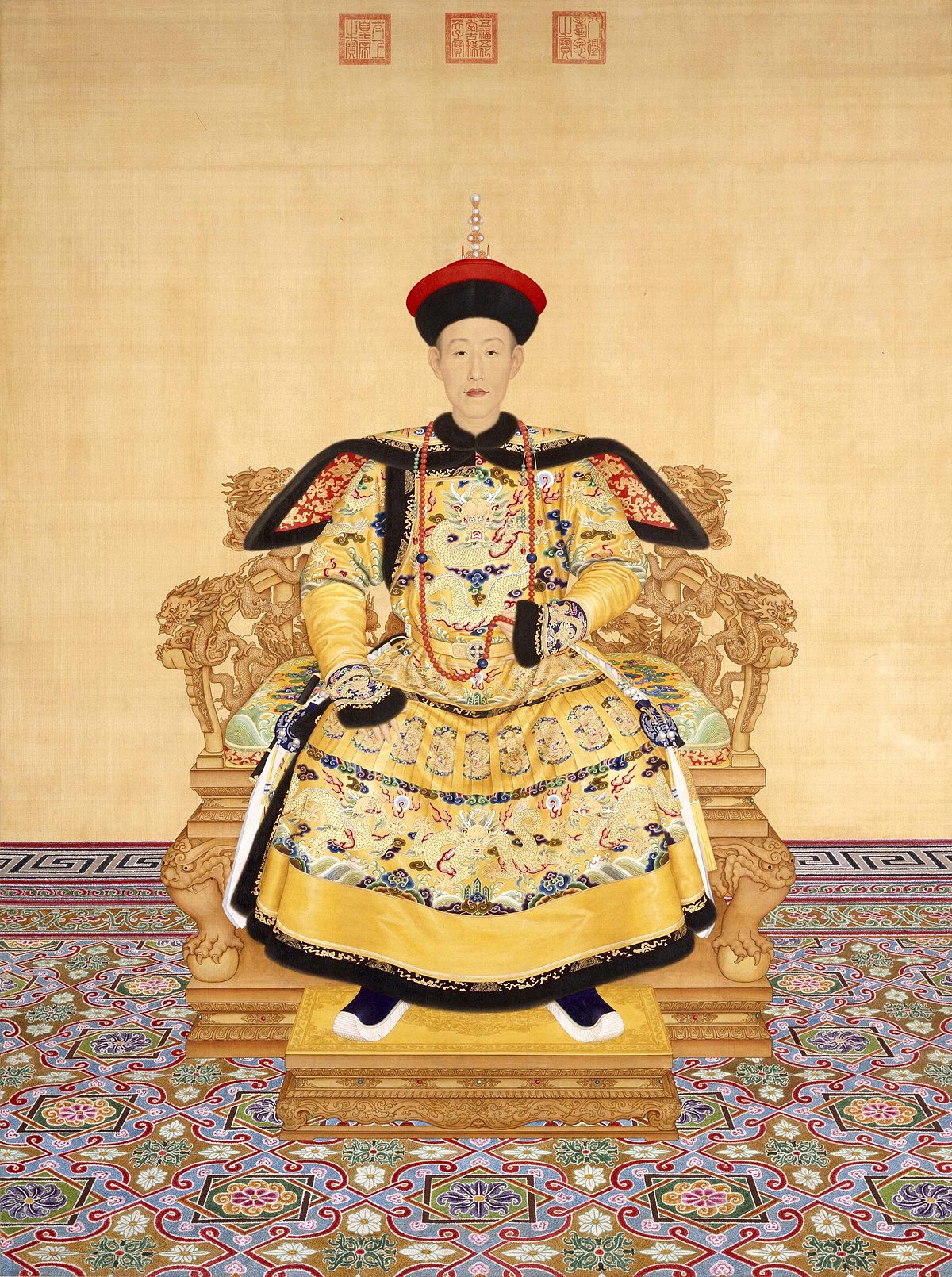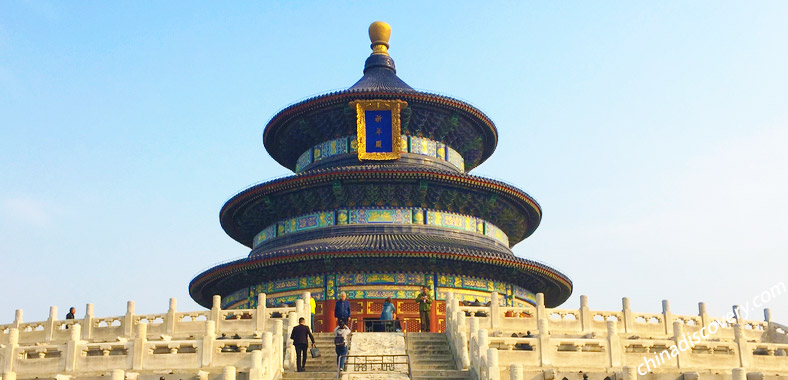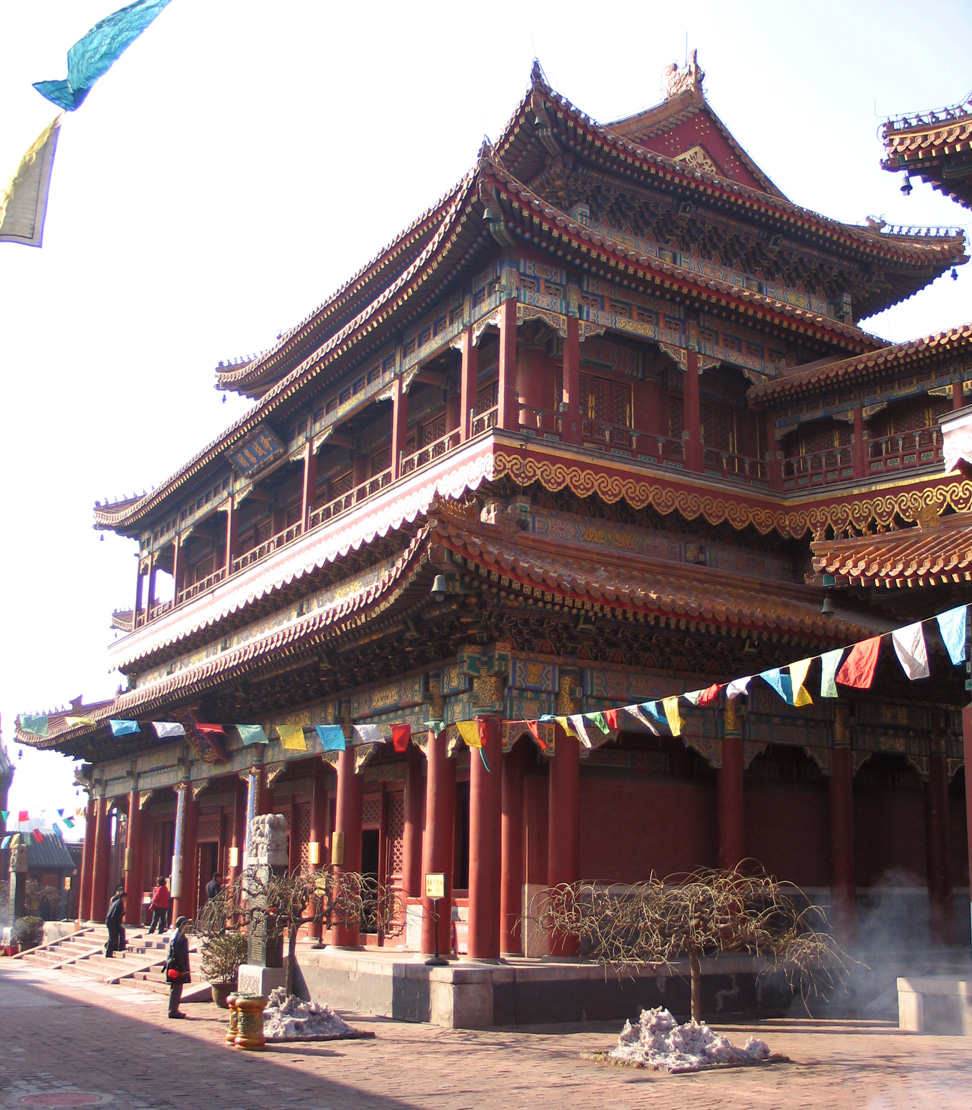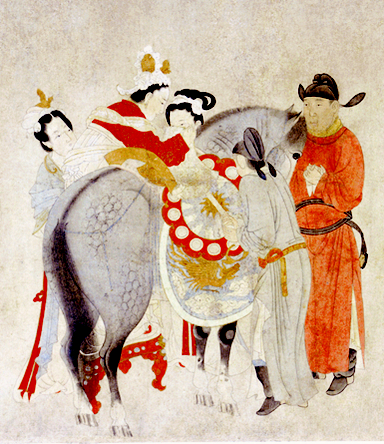There is a Chinese phrase 民以食为天, which basically means "food is the god of the people." If you have spent any amount of time in China, you will know that, for it's people, this is so true! In other places, we make small talk about the weather, but in China people make small talk about what they have eaten. Food is one of the most important things for people near me, and people are so generous with it. I often joke with my friends that before I came to China, I used to say "no thank you," but now I say "please no," because of all the snacks my friends offer me.
China is already famous for it's great food, and I have had some really excellent culinary experiences here, but I have to say my experience in Xi'an was like a food epiphany. I think it might have changed my dietary habits, but that has yet to be seen as my in-laws just went back home and they've successfully fattened me up with their cooking. Hui and I have already begun actively seeking out some of these foods in Hangzhou, but so far we are not satisfied. We may have to return to Xi'an soon!
To tell you a bit of background about the food of Xi'an, the city is home to many of China's Hui minority people, and you will find them all over the more touristy eating spots. Hui people are Muslims, and I read on Wikipedia that there more than 50,000 Muslims in Xi'an. This means that if you were planning on finding a place to get something alcoholic, you might find it a little difficult. I know on our first night Hui and I wanted to go out drinking, and we were surprised. In China, the Muslims are famous for their delicious food. When we asked the taxi drivers for their recommendations, they just said go to where the Muslim food is, because everything there is equally delicious, and the place to go for tourists is Hui Street (回民街). You will find this maze of endless food stalls from heaven placed conveniently tucked right next to the Xi'an drum tower. We were lucky enough to be staying at a hotel next door, so we ate their for most of our meals.
 On our first night in Xi'an we had the city's most famous dish, lamb paomo 羊肉泡馍. The word paomo roughly means drenched bread, but if you try to translate it, you will get paomo, because the word refers specifically to this dish. The mo in the name is a kind of bread which you are usually given to tear apart yourself and put into a noodle soup, hence the name I have given it "drenched bread." This dish was so delicious that we ate it more than once during our two day visit. Second, we had lamb kebabs, and I cannot stress enough, I have had many a lamb kebab in China, as they are very popular, but this is the best one I have ever had. Some of them are sold on big wooden sticks, and those are the ones you want. The wood gives them a special taste, and it is just sooooooo good (just don't read this if you haven't eaten. Sorry, I forgot to warn you)! Next to the kebabs there is a thing called roujiamo 肉夹馍, which is kind of like a pulled pork sandwich but with lamb, and it tastes like ten times better and it is just 98ibfeu8brfg87ore8a8ibufiubfd. I am getting emotional over this food, and I really don't even have a proper adjective for how it tastes. That wasn't a typo. I've actually got a friend who used to eat roujiamo every day when our company used to be next to a Muslim noodle place. They made it a little too oily for my taste, so I never tried it. I'll just say I'm very glad I tried it this time.
On our first night in Xi'an we had the city's most famous dish, lamb paomo 羊肉泡馍. The word paomo roughly means drenched bread, but if you try to translate it, you will get paomo, because the word refers specifically to this dish. The mo in the name is a kind of bread which you are usually given to tear apart yourself and put into a noodle soup, hence the name I have given it "drenched bread." This dish was so delicious that we ate it more than once during our two day visit. Second, we had lamb kebabs, and I cannot stress enough, I have had many a lamb kebab in China, as they are very popular, but this is the best one I have ever had. Some of them are sold on big wooden sticks, and those are the ones you want. The wood gives them a special taste, and it is just sooooooo good (just don't read this if you haven't eaten. Sorry, I forgot to warn you)! Next to the kebabs there is a thing called roujiamo 肉夹馍, which is kind of like a pulled pork sandwich but with lamb, and it tastes like ten times better and it is just 98ibfeu8brfg87ore8a8ibufiubfd. I am getting emotional over this food, and I really don't even have a proper adjective for how it tastes. That wasn't a typo. I've actually got a friend who used to eat roujiamo every day when our company used to be next to a Muslim noodle place. They made it a little too oily for my taste, so I never tried it. I'll just say I'm very glad I tried it this time. On that night we also had a very special kind of baozi. This famous Chinese bun is usually steamed, but these are baked, and so they are called baked baozi. I believe the inside of the ones we tried was glass noodle with beef or lamb. I'm sure they have different flavors, but, of course, no pork!
On that night we also had a very special kind of baozi. This famous Chinese bun is usually steamed, but these are baked, and so they are called baked baozi. I believe the inside of the ones we tried was glass noodle with beef or lamb. I'm sure they have different flavors, but, of course, no pork!After dinner it was time to explore the street! We bought some snacks to bring back to our friends, and we scouted out places to eat in the future. One thing we found in our search was pomegranate juice. There are lots of pomegranates in Xi'an, and they are very cheap. We overheard someone saying that they sell there for one yuan per pomegranate. That's why you see so many places selling fresh pomegranate juice. Some are sweet, and some are sour, but they are mostly all fresh and delicious. Hui and I drank pomegranate juice I would say at least six times in the two days we were in Xi'an. We are making plans to buy the machines we saw in Hui Street, get pomegranates wholesale from Xi'an online, and start making our own.




 |
| the biggest dates I have ever seen! |
 |
| the character for biang |
Xi'an is also known for it's dumplings, and the dumplings we had were excellent. They were really spicy, but not too spicy, with peppercorns, which is my favorite kind of spicy. During our exploration of the food of Xi'an we also found a kind of dessert snack called osmanthus cake 桂花糕. During the fall, there is a flower blooming all over China called the osmanthus, or gui flower. I have three osmanthus trees right outside the living room of my home. This flower makes the air smell sweet, which I have to guess is the inspiration behind this treat. In the fall, you should be able to find this snack not just in Xi'an, but all over China. That's just like the ice cream puppies that have been so popular this year, but Hui wouldn't let me eat one, because he said they weren't special.
 |
| osmanthus cakes |
 There is one final dish from Shanxi province I would like to talk about here. This dish is called 胡辣汤, or in English spicy soup. If I was on a mission to try biang biang noodles, it was Hui's mission to try this spicy soup. Since it is usually eaten for breakfast, and since Hui and I woke up early to take a taxi the first day, it was not so easy for us to find. Finally, on the second day we found it before going to Shanxi Museum, which I might regret showing up late to if this dish were a little less delicious. If you don't like spicy food, this is not the dish for you. It definitely cleared out my sinuses! I might describe it as a kind of spicy congee with no rice that isn't really congee at all. That's exactly how it tasted to me. I'd like to maybe try it again at a somewhat nicer restaurant to see how they compare.
There is one final dish from Shanxi province I would like to talk about here. This dish is called 胡辣汤, or in English spicy soup. If I was on a mission to try biang biang noodles, it was Hui's mission to try this spicy soup. Since it is usually eaten for breakfast, and since Hui and I woke up early to take a taxi the first day, it was not so easy for us to find. Finally, on the second day we found it before going to Shanxi Museum, which I might regret showing up late to if this dish were a little less delicious. If you don't like spicy food, this is not the dish for you. It definitely cleared out my sinuses! I might describe it as a kind of spicy congee with no rice that isn't really congee at all. That's exactly how it tasted to me. I'd like to maybe try it again at a somewhat nicer restaurant to see how they compare.















